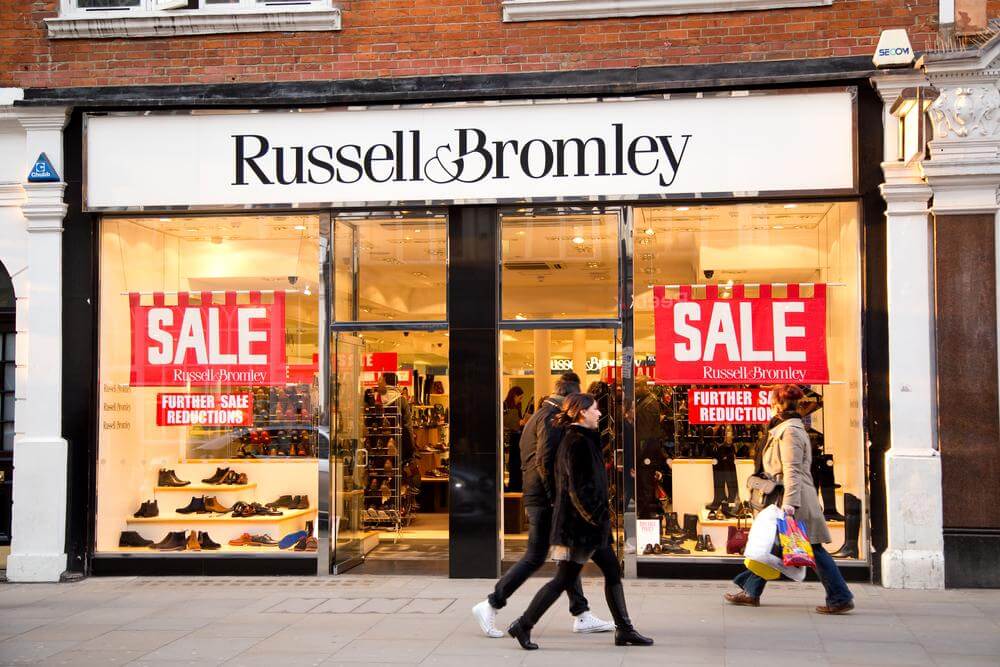
By Michael Lane, Vice President – Sales, Token
The past few years have been a real slog for business owners, who are understandably keen to future-proof their operations amidst economic uncertainty. Payments are a perfect place to start.
During the pandemic, countless businesses shifted from bricks to clicks to stay afloat, realising the need to introduce cost savings and evolve to survive. The emphasis on resilience intensified as the UK and Europe lurched from the pandemic into the war in Ukraine and a spiralling cost of living crisis, fuelled by rising energy prices and inflation.
Amidst this gruelling marathon, retailers are being squeezed between higher costs and weaker demand. “As inflation reaches new heights, retailers are doing all they can to absorb as much of these rising costs as possible and to look for efficiencies in their businesses and supply chain,” said Helen Dickinson OBE, Chief Executive of the British Retail Consortium (BRC).
As running a business becomes more expensive, many companies have begun ‘war gaming’ for a recession in recent months, facing up to this damaging double hit of slowing consumer demand and rapidly rising costs.
The growing cost of traditional payment methods
One way to future-proof a business is to reduce the overall cost of the proposition. Payments are an obvious starting point because, simply put, they can be very expensive. According to the BRC, for example, UK retailers spent £1.3 billion to accept payments from customers in 2020.
Payment methods have continued to increase their costs, putting merchants under pressure. In October 2021, Visa and Mastercard both raised their cross-border interchange fees on purchases made by UK consumers to European businesses. The fees increased from 0.2% to 1.15% for debit cards and 0.3% to 1.5% for credit card transactions.
In June 2022, following these five fold increases, the UK’s Payment Systems Regulator (PSR) reported it will initiate a detailed review of these fees “to understand the rationale behind these increases and whether they are an indication that the market is not working well.”
It’s not just card costs that are on the rise. Look at digital wallets, like PayPal, which increased its fees for payments between businesses in the UK and Europe from 0.5% to 1.29% in November 2021.
Bringing a much-needed new option to life
Luckily, a cost-effective alternative to cards and wallets is now available to merchants. One that can offer the same, or better, reach and conversion rates, as well as significantly lower costs. And that’s Open Banking-enabled account-to-account (A2A) payments.
As merchants race to cut payment costs, I see them looking around and asking: how can I accept A2A payments? Through my payment gateway? Do I speak to my bank, or search for an Open Banking payments provider online?
As a result, we’re now seeing payment gateways asking how they can bring Open Banking payment propositions to life quickly and efficiently. And there are various ways to do it – but not all are equal.
The first option is to build it yourself. That may be feasible if you want to serve a single country and connect to the top three banks in that country, but you would be building a somewhat limited and very restrictive alternative payment method (APM).
The second option is to go to a company that can do it all for you, but then you (the gateway) have to put that company’s logo on your checkout. Once you start putting four or five Open Banking logos on your checkout (and you would likely need to, to offer sufficient reach across markets), you’ve suddenly gone from a checkout with five or six payment methods to upwards of 10. Every gateway knows a crowded checkout is never good for conversion.
If I think back 15 years, the talk was of how important APMs were. Today, gateways can offer hundreds of APMs, depending on what you’re selling, where, and who you’re selling it to. But I don’t think Open Banking should work like that. It must be both visible and invisible.
So this brings me to the third option. Work with a company that can offer a white-labelled proposition. The gateway adds their own single button for Open Banking payments to their checkout. This can either be quite generic and unbranded – for example, ‘pay by bank’ – or the gateway can give it their own brand. This allows end customers to go through a user experience they know and trust, delivering a conversion rate of upwards of 99.7% in some geographies at a significantly lower cost than traditional cards or well-known wallets.
This third option is the simplest route and by far the best way for gateways to generate the greatest revenues and highest margins with Open Banking payments.
Payment service providers (PSPs) are traditionally payment method aggregators. This started with aggregating card acquirers and then a plethora of APMs. Now, with Open Banking payments entering the market, you can easily aggregate five or six other ‘pay by bank’ options – but what’s the point? You’d need to juggle different pay structures, customers, and target demographics. The complications become exponential.
A white-labelled proposition is open and inclusive to everybody, earns more for PSPs than APMs (which pay notoriously little back to the gateway), and delivers the benefits that merchants are increasingly demanding in our current economic climate: lower costs, instant settlement to improve cash flow, and exceptional reach and conversions.
Whilst there are different tracks to help merchants cross the finish line, this one is the shortest and has the fewest hurdles.

























